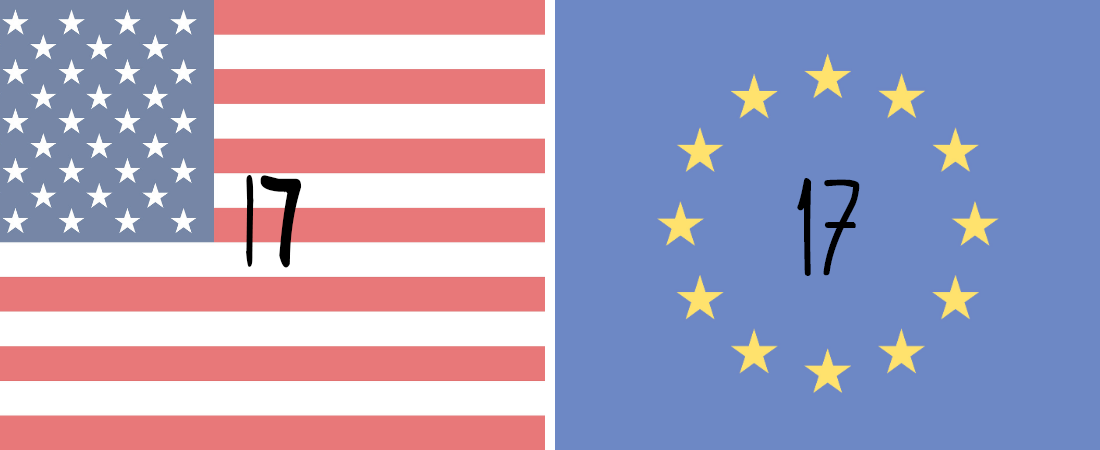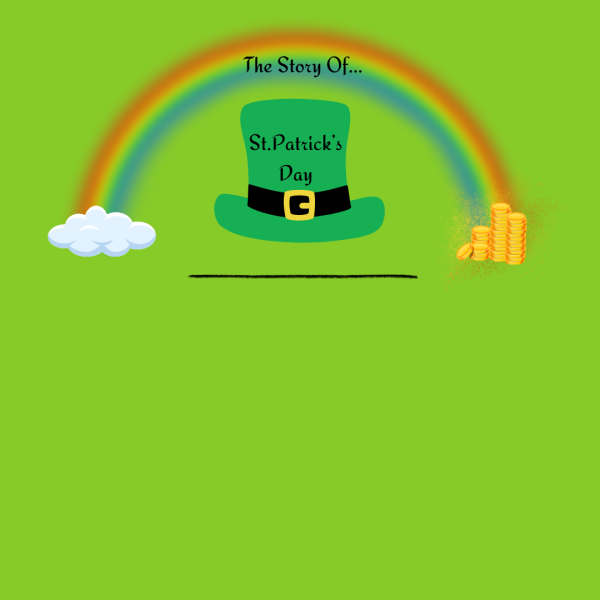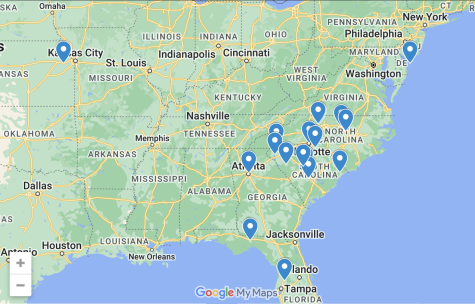5 Small differences in Europe you might not know about
While American and European cultures are similar, they are far from the same. On top of large and obvious differences, there are many small differences the many people don’t know about.
1. Number writing
Many know that Europeans draw a line through their sevens, but what many don’t know is why that is. They put a line through their sevens to differentiate it from a one which they write differently. Their ones have a bend at the top, rather than the simple line that Americans use. They do this to differentiate the one from a lowercase L.

2. Decimal Separators
In the US, if you wanted to write the number one hundred thirty-three thousand, nine hundred ten dollars and twenty-five cents, you would write it as ‘$133,910.25’. In many European countries, they would write the number as ‘$133.910,25’.
3. School names
In the US, College and University are synonymous, but that is not the case in Europe. There, the word college is what Americans would call High School.
Another difference found in many European countries is the usage of the word ‘gymnasium’. In English and Spanish-speaking countries, including the US and a few European countries, they use the word gymnasium to describe a location where athletics is practiced, and where Physical Education occurs. In most other European countries, the word ‘gymnasium’ has a completely different meaning. There, it is a type of school focused on academics. It is the equivalent of a Preparatory high school. The reason people use the word in such different ways comes down to the greek origins of the word. In ancient Greece, a gymnasium was a place for physical and intellectual education.
4. Date Formatting
When reading things made in the EU, you may have noticed that the order that they put their dates is different. What you may not know is that they do not limit this difference to the number format of writing dates. In the US, one would say that it was Christmas was on December 25, 2020, or on 12–25–2020. In the EU, however, they would say that Christmas was on 25 December, 2020, or 25–12–2020.
5. Power Plugs
The Power plugs and sockets in the United States are NEMA connectors, but most Americans don’t even know that. This is because the NEMA connector is virtually the only type of connector used in the United States, meaning that most Americans don’t even think about the type of connector they are using. In Europe, power connectors are not nearly as standard. While most of Europe uses CEE 7 plugs, a few countries, such as Denmark, Italy, and the UK, use completely different power connectors. On top of this, there are two different prominently used types of CEE 7 connectors, the German (type F) and French connectors (type E). While there are cables that are both E & F compatible, many are not.












Justin Sias • Jun 27, 2023 at 10:43 AM
Europeans should adopt American power plugs and Americans should adopt European date formatting!